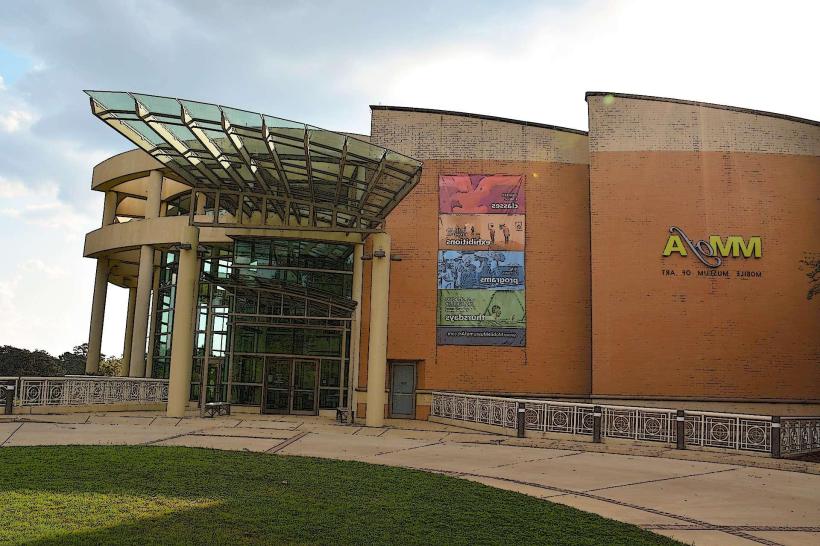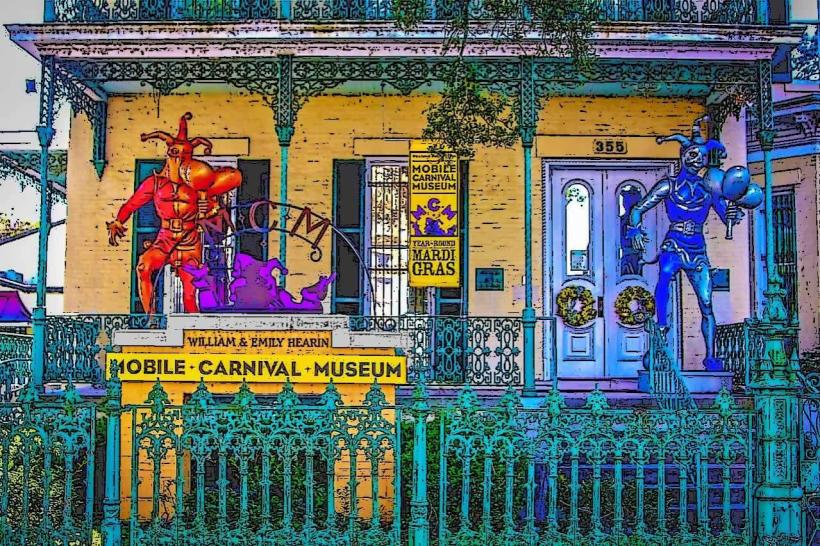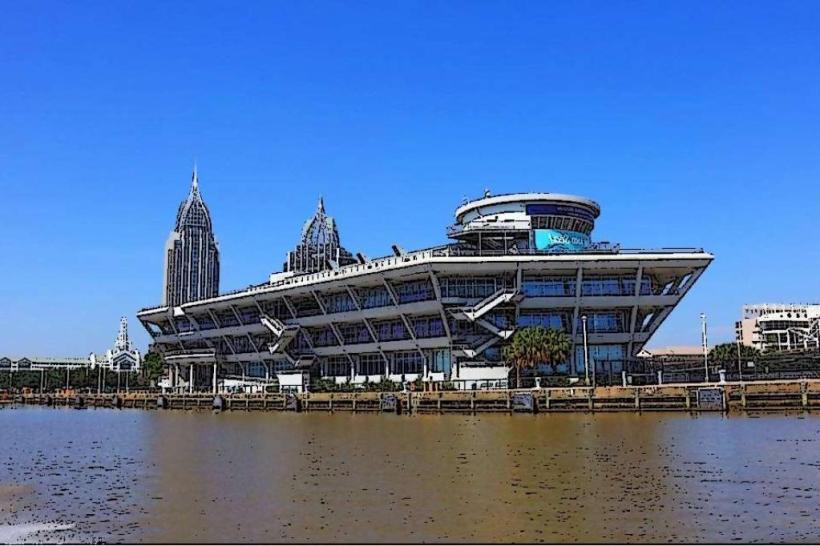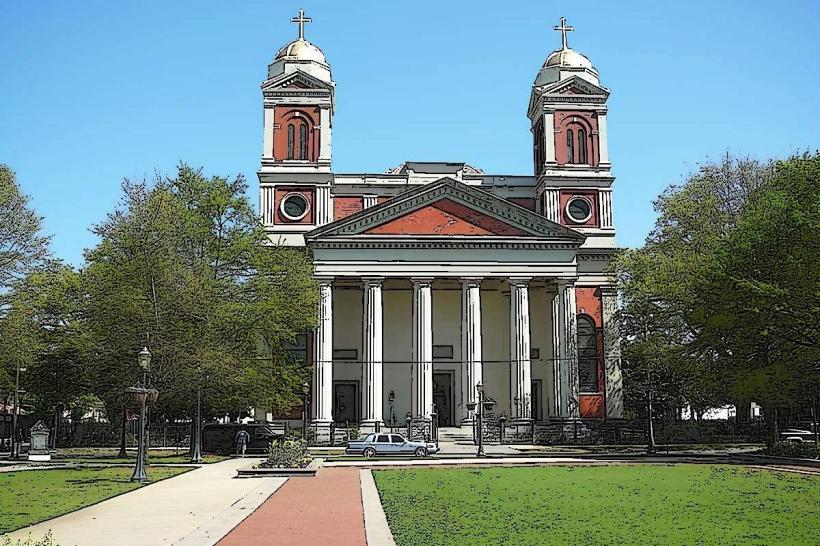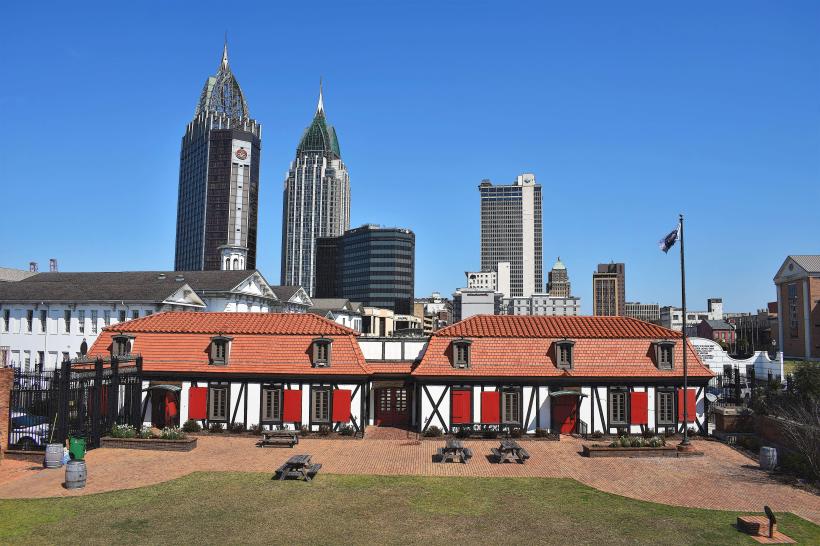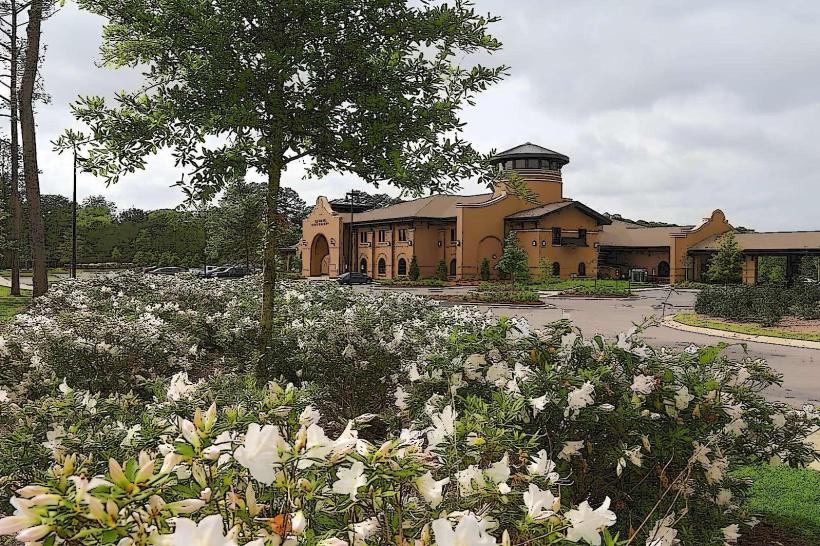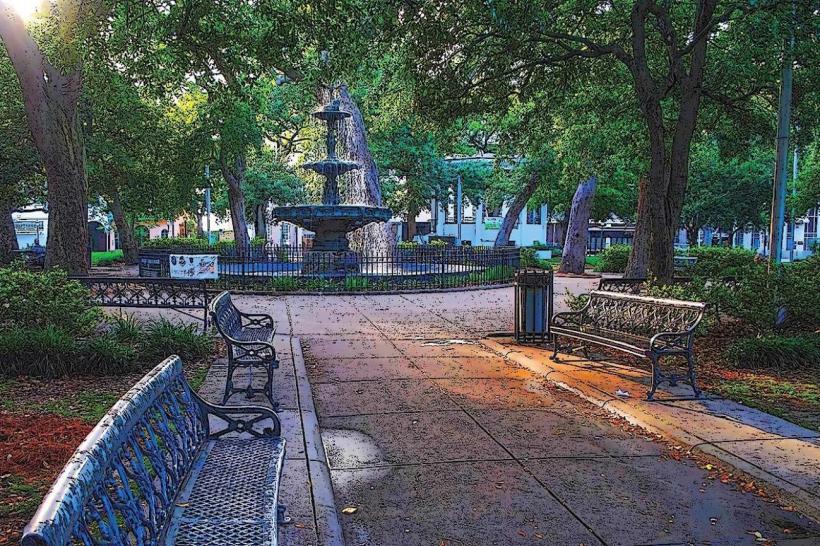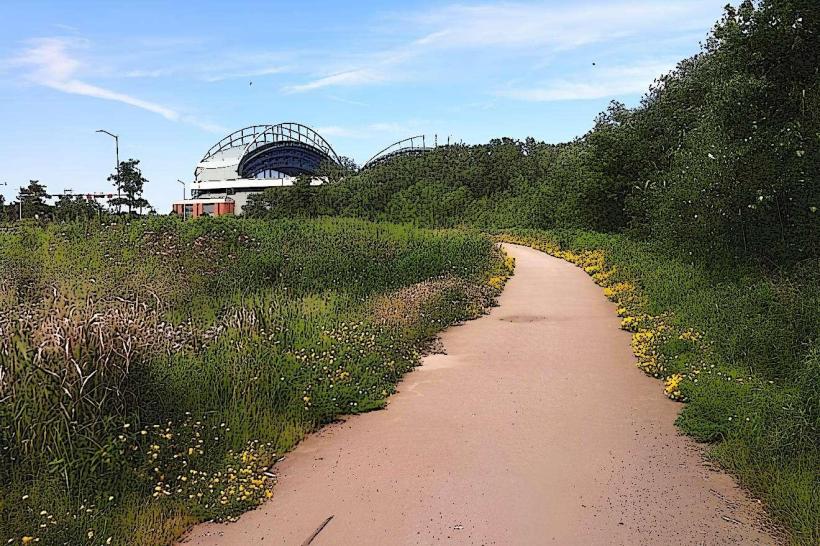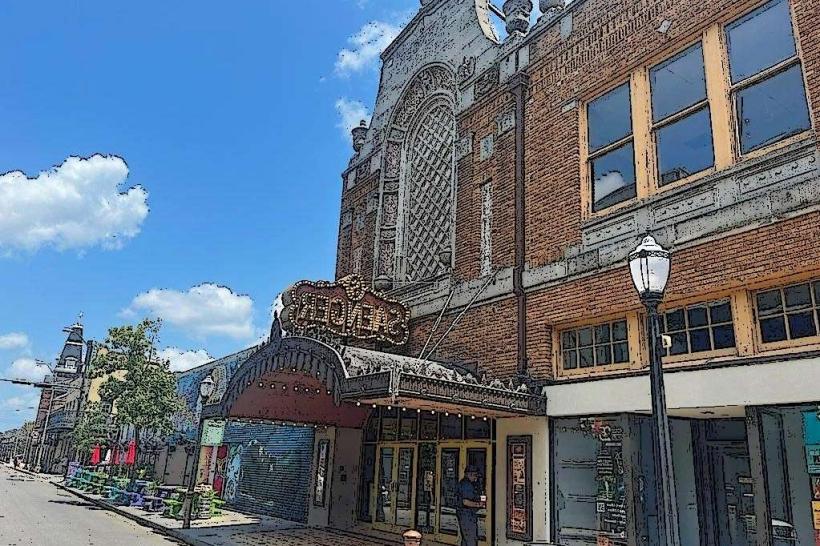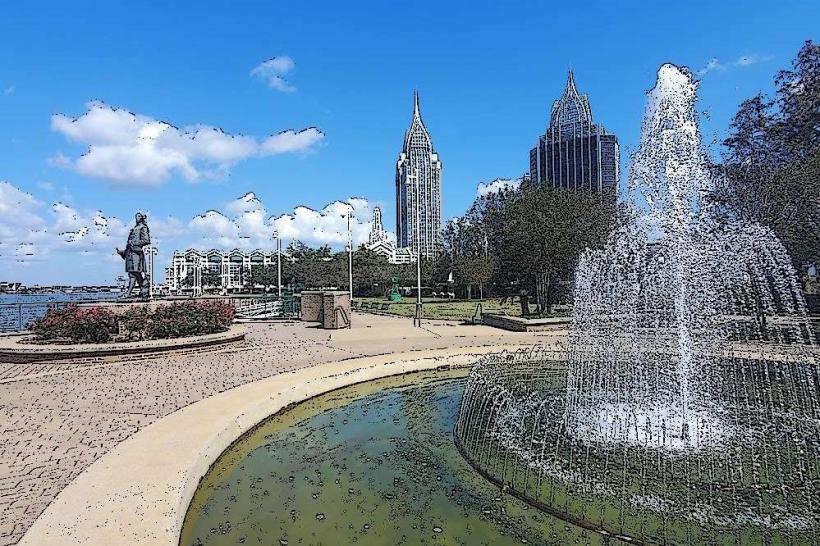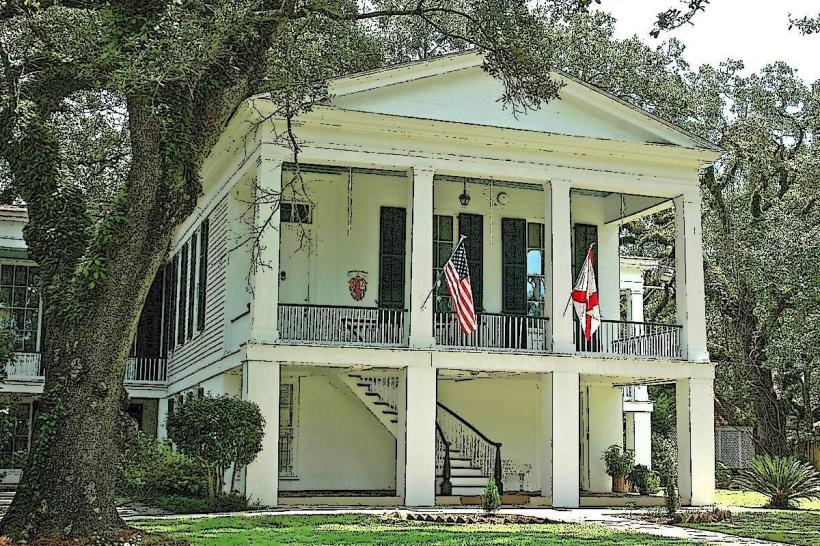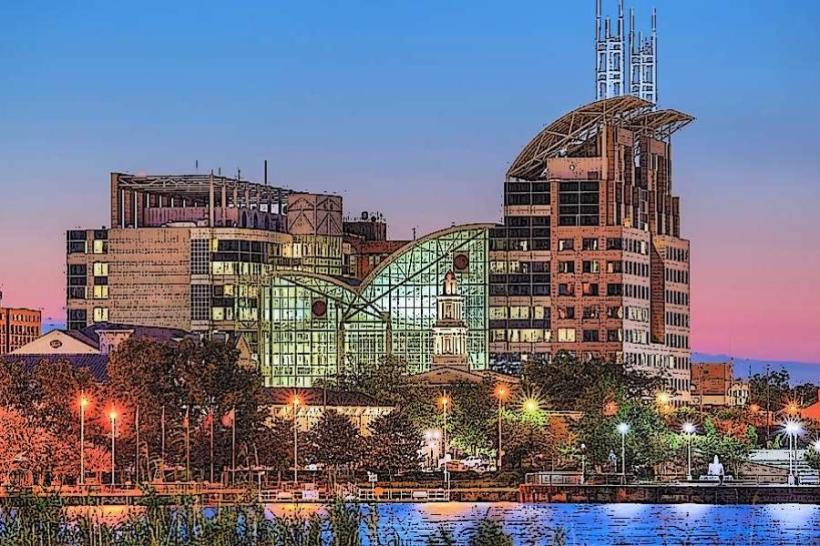Information
Landmark: Dauphin Street Historic DistrictCity: Mobile
Country: USA Alabama
Continent: North America
Dauphin Street Historic District, Mobile, USA Alabama, North America
The Dauphin Street Historic District in Mobile is one of the city’s most vibrant and culturally rich areas, celebrated for its architecture, nightlife, and historic character. Stretching through the heart of downtown Mobile, this district reflects over two centuries of urban life, trade, and community identity.
History and Development
Dauphin Street dates back to the early 18th century, when Mobile was first established as a French colonial settlement. The street developed as a commercial hub during Mobile’s periods under French, British, and Spanish control, eventually flourishing in the 19th century as the city became a major Gulf Coast port. Businesses, theaters, hotels, and restaurants thrived here, making Dauphin Street the city’s main thoroughfare. It has long been regarded as Mobile’s equivalent of Bourbon Street in New Orleans, although with a distinctive local flavor.
Architecture and Layout
The district is listed on the National Register of Historic Places and showcases a broad range of styles:
Creole and French Colonial Influences – Narrow, multi-story townhouses with wrought-iron balconies.
Victorian and Italianate Buildings – Characterized by ornate brickwork, arched windows, and decorative cornices.
20th-Century Revivals – Some early 1900s commercial structures retain Art Deco and Beaux-Arts details.
The blend of architectural styles gives the street a layered, atmospheric feel, with pastel facades, historic signage, and ironwork balconies reminiscent of Gulf Coast traditions.
Cultural and Social Hub
Today, Dauphin Street is a lively district filled with:
Restaurants and Cafés – Offering everything from Southern classics to international cuisine.
Bars and Clubs – Known for live music, especially jazz, blues, and regional acts.
Shops and Galleries – Independent boutiques, antique shops, and art spaces showcasing local talent.
During evenings and weekends, the district buzzes with activity, becoming one of the central gathering places in Mobile.
Festivals and Events
Dauphin Street is central to Mobile’s cultural calendar, particularly:
Mardi Gras Celebrations – Mobile is the birthplace of Mardi Gras in America, and Dauphin Street becomes a parade route and street-party hub during Carnival season.
Dauphin Street Beer Festival – A popular annual event featuring regional and national brewers.
Live Street Performances – Musicians and entertainers often animate the sidewalks during festivals.
Preservation and Tourism
Efforts have been made to preserve Dauphin Street’s architectural integrity while encouraging modern business. Many of the historic buildings have been repurposed into restaurants and shops, maintaining their facades while giving them new life. As a result, the district attracts both locals and tourists looking for history, nightlife, and entertainment.
Visitor Experience
Walking along Dauphin Street offers a chance to experience Mobile’s past and present in one setting.
Daytime visitors can appreciate the historic architecture and browse shops, while evenings are more energetic with nightlife and live entertainment.
Dining ranges from casual seafood joints to upscale restaurants housed in restored 19th-century buildings.
Its central downtown location makes it easily accessible, with nearby attractions including Cathedral Square and the Mobile Carnival Museum.
The Dauphin Street Historic District remains a living symbol of Mobile’s heritage-historic yet modern, refined yet festive, a place where architecture, culture, and community come together in the city’s most iconic urban space.

